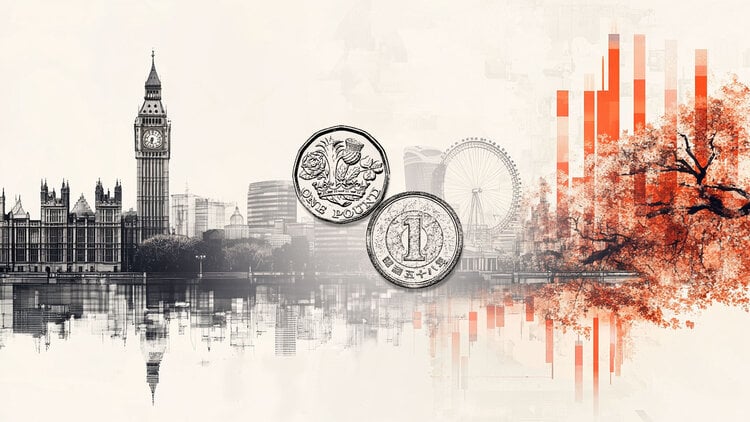The price of the Dollar falls for the seventh consecutive day against the Colombian Peso, falling to nineteen-day lows of 4,013.88 after reaching a daily high of 4,037.00.
At the time of writing, USD/COP is trading at 4,028.19, losing 0.18% on the day.
Colombia’s industrial output deepens its decline in June as retail sales recover
- Colombia has published its data today Industrial production in June, showing a 4.8% year-on-year drop after falling 3.6% in May. This is the second consecutive month of declines for the indicator.
- On the other hand, the Colombia’s retail sales figures released today have surprised with a 1.5% annual increase in June after falling 1.7% in May. This is its first rise in sixteen months.
- US inflation moderated year-on-year in July to 2.9% from 3% previously, meeting market expectations.
Economic indicator
Retail Sales (YoY)
Retail sales published by the National Administrative Department of Statistics (DANE) measures total retail store revenue. Monthly changes reflect the speed of changes in such sales. Changes in retail sales are widely followed as an indicator of consumer spending. Generally speaking, a high reading is seen as positive, or bullish, for the Colombian peso, while a low reading is seen as negative, or bearish.
Latest Post: Wed Aug 14, 2024 15:00
Frequency: Monthly
Current: 1.5%
Dear: –
Previous: -1.7%
Why is it important for operators?
US Dollar FAQs
The United States Dollar (USD) is the official currency of the United States of America, and the de facto currency of a significant number of other countries where it is in circulation alongside local banknotes. As of 2022, it is the most traded currency in the world, accounting for over 88% of all global foreign exchange transactions, equivalent to an average of $6.6 trillion in daily transactions. Following World War II, the USD took over from the British Pound as the world’s reserve currency.
The single most important factor influencing the value of the US dollar is monetary policy, which is determined by the Federal Reserve (Fed). The Fed has two mandates: to achieve price stability (control inflation) and to promote full employment. Its main tool for achieving these two goals is to adjust interest rates. When prices rise too quickly and inflation exceeds the Fed’s 2% target, the Fed raises rates, which helps the dollar. When inflation falls below 2% or the unemployment rate is too high, the Fed can lower interest rates, which weighs on the dollar.
In extreme situations, the Federal Reserve can also print more dollars and enact quantitative easing (QE). QE is the process by which the Fed substantially increases the flow of credit in a jammed financial system. It is an unconventional policy measure used when credit has dried up because banks are not lending to each other (for fear of counterparty default). It is a last resort when simply lowering interest rates is unlikely to achieve the necessary result. It was the Fed’s weapon of choice to combat the credit crunch that occurred during the Great Financial Crisis of 2008. It involves the Fed printing more dollars and using them to buy US government bonds, primarily from financial institutions. QE typically leads to a weakening of the US dollar.
Quantitative tightening (QT) is the reverse process whereby the Federal Reserve stops buying bonds from financial institutions and does not reinvest the principal of maturing securities in new purchases. It is generally positive for the US dollar.
Source: Fx Street
I am Joshua Winder, a senior-level journalist and editor at World Stock Market. I specialize in covering news related to the stock market and economic trends. With more than 8 years of experience in this field, I have become an expert in financial reporting.







